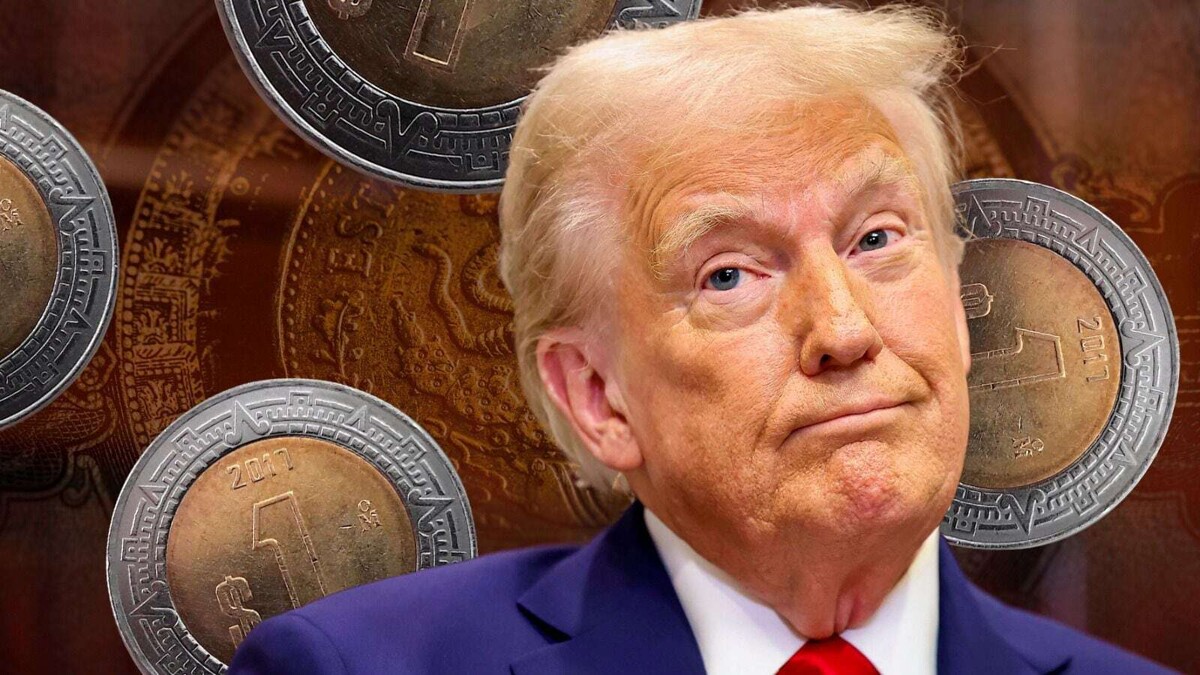
Trade partners have nearly 10 weeks to avoid new tariffs or address their demands, as highlighted in statements by Kathleen Brooks, research director at XTB. There is a possibility that investors may believe that Trump usually does not back up his tariff threats with concrete actions. The EU could also be hopeful for a more negotiable approach from the United States, according to a Bloomberg report.
The Mexican peso, which was the emerging currency that depreciated the most against the dollar, has accumulated gains during the session on January 22. Compared to the night of January 20, when the exchange rate surged to 20.74 units due to Trump's tariff announcements, the Mexican currency has recorded an appreciation. Currently, the exchange rate stands at 20.57 units, showing a 0.25 percent appreciation against the dollar.
Amid the uncertainty caused by Trump's tariff announcements, U.S. government bonds have managed to stabilize after a week of strong increases. The yield on 10-year bonds remained at 4.57 percent, down from 4.81 percent recorded the previous week. Despite the tariff threats to several countries, the only concrete action so far has been the request for a review of the USMCA and the trade deficits before April 1.














